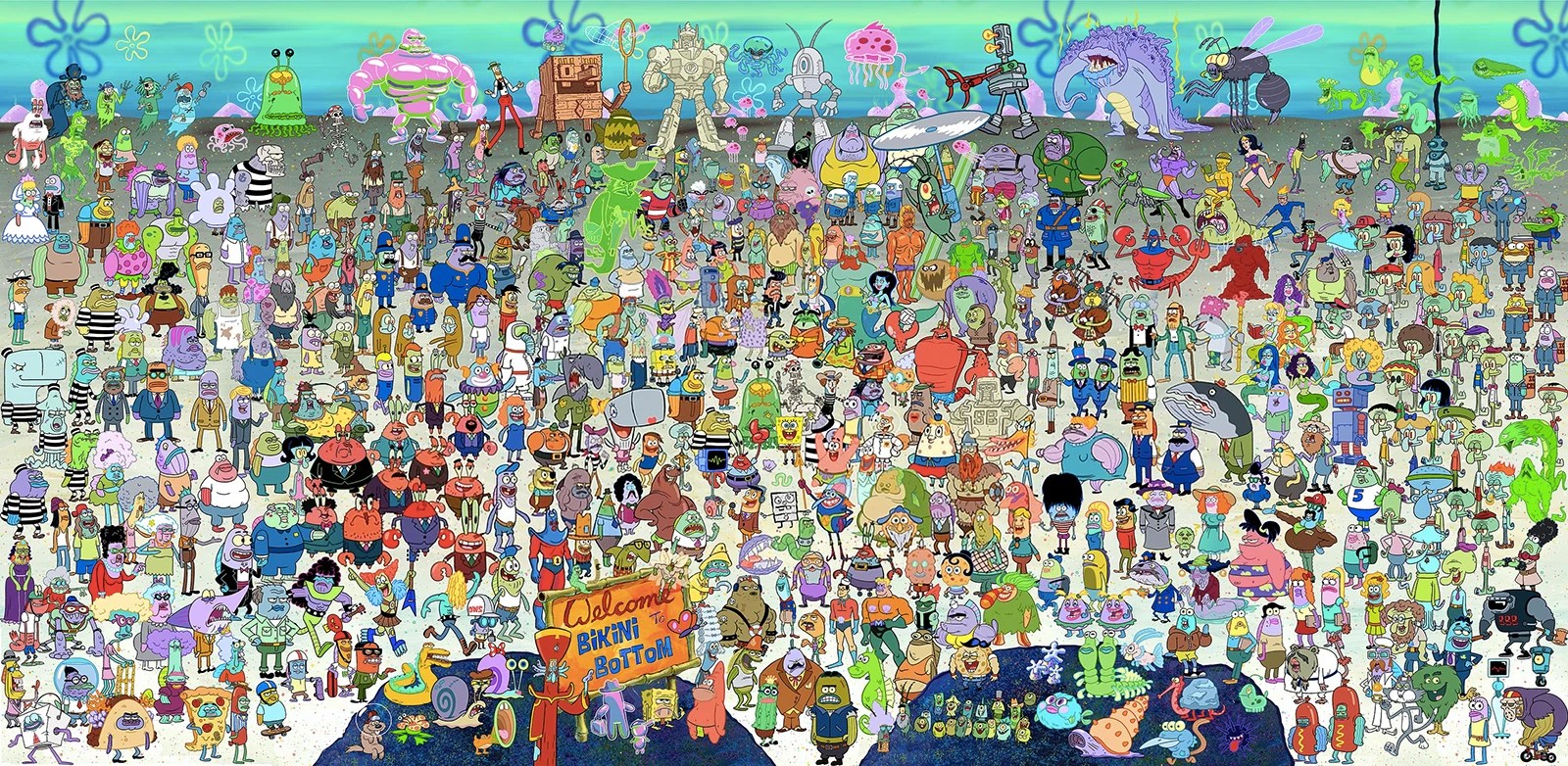SpongeBob SquarePants has been a beloved character since his debut in 1999. The animated series, created by Stephen Hillenburg, quickly gained immense popularity among children and adults alike. One of the key elements that contribute to its charm is the plethora of memorable catchphrases that have become synonymous with the show. These catchphrases not only showcase SpongeBob's quirky personality but also reflect the humor and whimsy that the series is known for. Over the years, fans have found joy in quoting these phrases, creating a cultural phenomenon that extends beyond the screen.
The catchphrases from SpongeBob SquarePants are not just funny lines; they encapsulate the essence of the characters and their adventures in the underwater city of Bikini Bottom. From SpongeBob’s infectious enthusiasm to Patrick's lovable ignorance, each catchphrase adds depth to the storytelling. As the show continues to be relevant across generations, the catchphrases serve as a nostalgic reminder for long-time fans while attracting new viewers with their humor and relatability.
In this article, we will dive deep into the world of SpongeBob catchphrases, exploring their origins, significance, and the impact they have had on popular culture. We’ll also take a closer look at some of the most iconic lines and what makes them so memorable. Whether you’re a die-hard fan or new to the series, there’s something here for everyone to enjoy!
What Are Some of the Most Popular Spongebob Catchphrases?
When we think of SpongeBob SquarePants, several catchphrases immediately come to mind. Here are some of the most popular and frequently quoted lines from the show:
- "I'm ready, I'm ready, I'm ready!"
- "Is mayonnaise an instrument?"
- "The inner machinations of my mind are an enigma."
- "Ravioli, ravioli, give me the formuoli."
- "It's not a boulder, it's a rock!"
Why Are Spongebob Catchphrases So Memorable?
There are several factors that contribute to the memorability of SpongeBob's catchphrases:
- Humor: The comedic nature of the lines makes them easy to remember and fun to repeat.
- Relatability: Many catchphrases capture universal sentiments, allowing viewers to connect with the characters.
- Catchy Delivery: The unique voice acting and delivery by the characters enhance the humor and charm.
- Visual Context: The memorable scenes associated with the catchphrases create lasting images in the minds of viewers.
How Have Spongebob Catchphrases Influenced Pop Culture?
The impact of SpongeBob catchphrases extends far beyond the television screen. They have permeated various aspects of pop culture, including:
- Memes: Many catchphrases have been turned into memes, providing a humorous commentary on everyday situations.
- Social Media: Fans use these catchphrases in their posts, creating a sense of community and shared humor.
- Merchandise: Catchphrases have been featured on clothing, accessories, and other merchandise, making them a staple of fan culture.
Can You Identify the Characters Behind the Catchphrases?
Many catchphrases are tied to specific characters, each adding their unique flair to the dialogue. Here’s a look at some key characters that have contributed to the tapestry of SpongeBob catchphrases:
| Character | Catchphrase | Personality Traits |
|---|---|---|
| SpongeBob SquarePants | "I'm ready, I'm ready, I'm ready!" | Enthusiastic, optimistic, hardworking |
| Patrick Star | "Is mayonnaise an instrument?" | Naive, lovable, silly |
| Squidward Tentacles | "I have no soul." | Sarcastic, grumpy, artistic |
| Mr. Krabs | "Money, money, money!" | Greedy, shrewd, protective of his business |
How Do Spongebob Catchphrases Connect Fans Across Generations?
The timeless nature of SpongeBob catchphrases allows them to resonate with fans of all ages. Children who grew up watching the show can share their favorite lines with the next generation, creating a bond through shared laughter. Additionally, the humorous and often absurd nature of the catchphrases transcends age, making them equally enjoyable for adults. This connection across generations reinforces the show's cultural significance and ensures its place in the hearts of fans worldwide.
What Impact Did Spongebob Catchphrases Have on the Show's Success?
The clever writing and memorable catchphrases have undoubtedly played a crucial role in the success of SpongeBob SquarePants. Some of the key impacts include:
- Audience Engagement: Fans eagerly anticipate new episodes, hoping to hear fresh catchphrases to quote and share.
- Merchandising Opportunities: The popularity of catchphrases has led to a wide range of merchandise, further boosting the show's visibility.
- Cultural References: Many catchphrases have become part of everyday language, showcasing the show's influence.
What Are Some Lesser-Known Spongebob Catchphrases?
While some catchphrases are widely recognized, others may not be as familiar. Here are a few lesser-known gems:
- "I can’t see my forehead!"
- "The best time to wear a striped sweater is all the time!"
- "I wumbo, you wumbo, he, she, we wumbo!"
- "You don’t need it. You don’t need it. You don’t need it. You don’t need it. You don’t need it. You don’t need it. You don’t need it. You don’t need it." (SpongeBob trying to resist buying a Krabby Patty)
These phrases, while not as mainstream, showcase the creativity and humor that define the series, proving that there’s always more to discover in the world of SpongeBob SquarePants.
Conclusion: Why Spongebob Catchphrases Will Live On Forever?
In conclusion, the SpongeBob catchphrases have become an integral part of popular culture, delighting fans of all ages. Their humor, relatability, and unique character associations create a lasting impact that transcends time. As new episodes continue to be produced and the series remains relevant, it’s clear that these catchphrases will live on forever, bringing joy and laughter to fans around the world.



